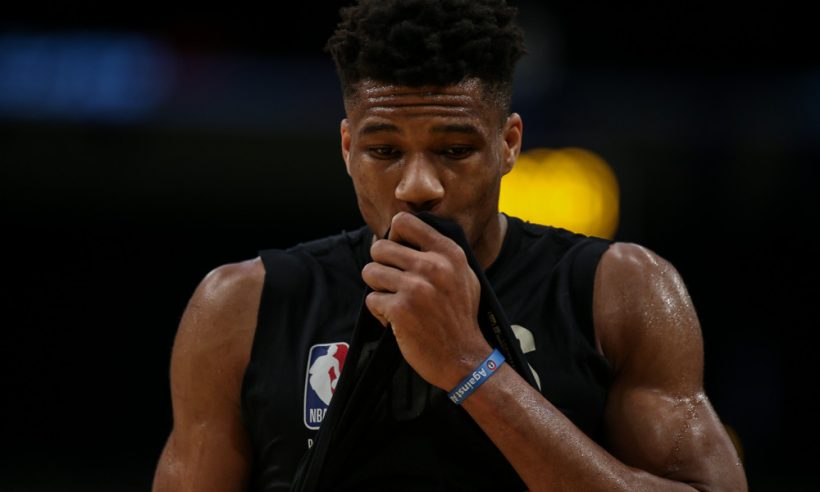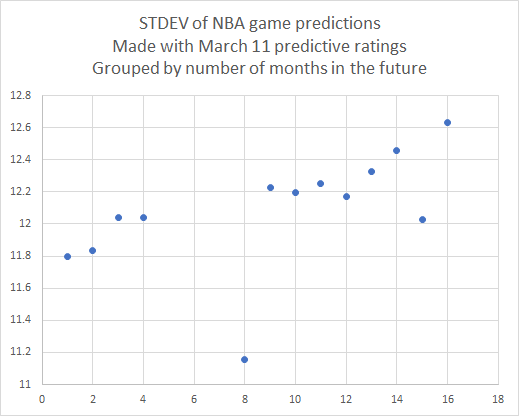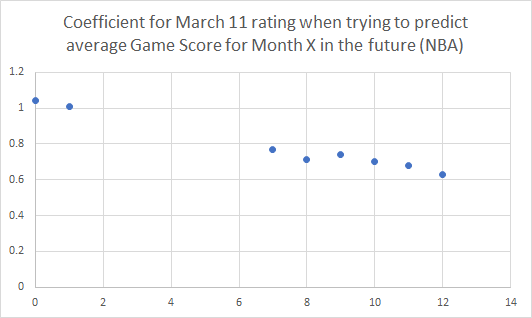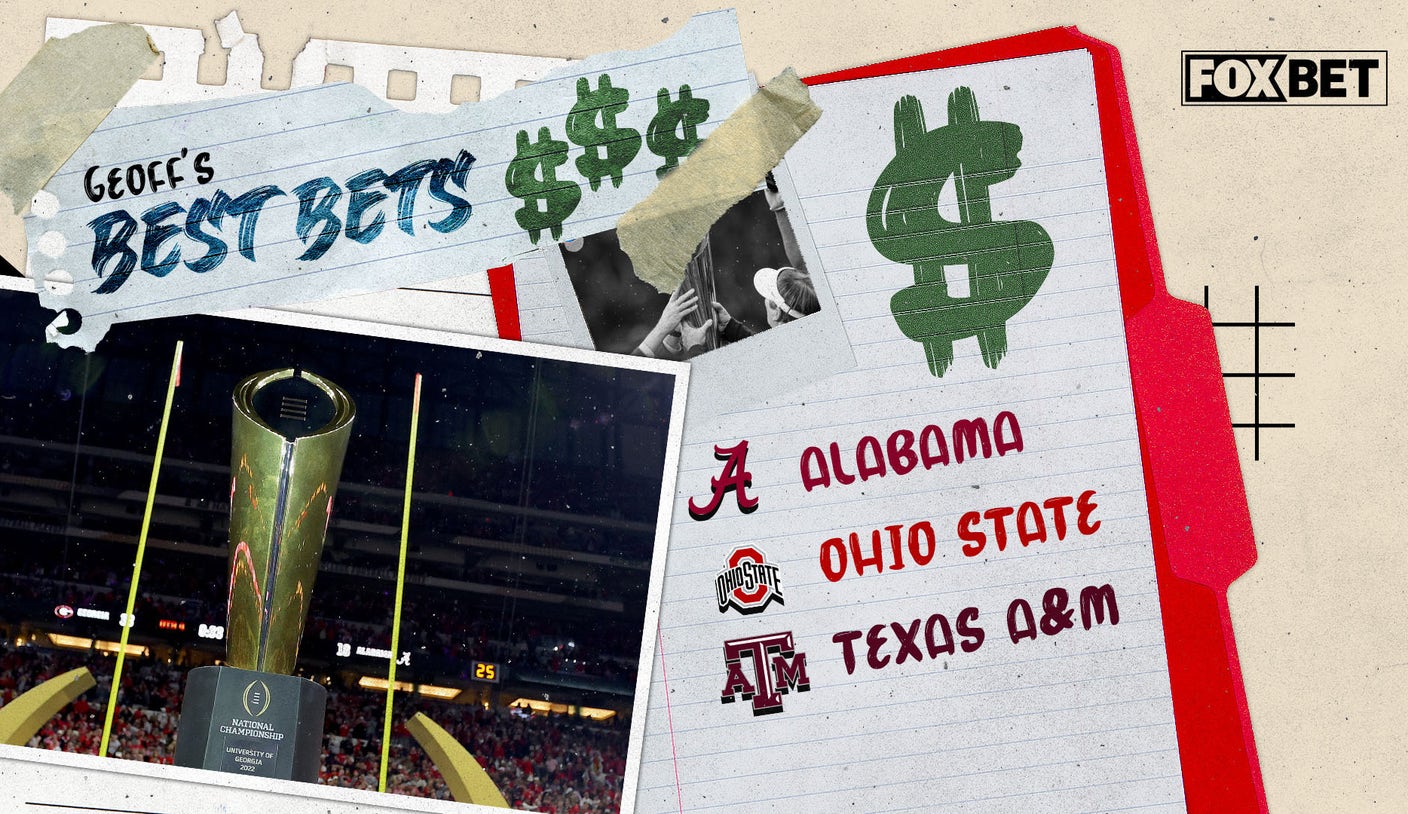NBA Restart Analysis: Time Off, Neutral Courts Favor Uncertainty and Upsets
July 30, 2020 – by Jason Lisk

Do teams like the Milwaukee Bucks have lowered championship odds by not getting home court, and taking time off? (Photo by Jevone Moore/Icon Sportswire)
Summary
Content:
ToggleThe NBA season is set to resume today, and the season restart presents a whole host of unusual factors:
Only 22 of the 30 teams will finish the shortened regular season.Games will be played in a neutral venue in Orlando, Florida, with no fans, which means teams won’t have home court advantage in the playoffs.Some players are opting out of finishing the season in Orlando, which could have an impact on team strength. For example, Los Angeles Lakers guard Avery Bradley has opted out of participating, as has Washington’s Davis Bertrans.Over four months have passed since any of these teams have played in a competitive game.The playoffs will also feature a tweak. The 9-seed in each conference can force a playoff with the 8-seed, if the 9-seed trails the 8-seed by four games or less in the standings when the regular season ends. If such a play-in scenario occurs, the 9-seed must then beat the 8-seed twice in a row in head-to-head play to advance to the playoffs.
All these things could affect what we see in the NBA restart, and how much the results match what we would have expected under normal circumstances.
Our research suggests we could see an increase in some NBA playoffs upsets for a couple of reasons.
One is the home court factor, and how that impacts the likelihood of the better seed winning a series.
The other is the time delay, and what that means for how we should project teams.
How Neutral Courts Could Increase NBA Playoffs Upsets
In a typical NBA playoff series (before the NBA Finals), the better seed gets the first two games at home. They then go on the road for two games, before alternating home-away-home. That means that the better seed has a net advantage in the number of home games — the first two games in the series and Games 5 and 7.
In the current playoff format, there is no such advantage for the better seed. It may be a subtle factor, but that increases the lower seeded team’s chances of winning the series in an upset.
Consider a hypothetical series where the better seed has a 60% chance of winning each game on a neutral court, a 70% chance of winning each game at home, and a 50% chance of winning on the road.
Here’s how the odds of that series being decided in X number of games shakes out:
| NORMAL SERIES | Decided in 4 Games | Decided in 5 Games | Decided in 6 Games | Decided in 7 Games | Overall Chance of Winning |
|---|---|---|---|---|---|
| favorite | 12.3% | 24.5% | 17.7% | 19.8% | 74.3% |
| underdog | 2.3% | 4.5% | 10.6% | 8.5% | 25.9% |
| NEUTRAL SERIES | Decided in 4 Games | Decided in 5 Games | Decided in 6 Games | Decided in 7 Games | Overall Chance of Winning |
|---|---|---|---|---|---|
| favorite | 13.0% | 20.7% | 20.7% | 16.6% | 71.0% |
| underdog | 2.6% | 6.1% | 9.2% | 11.1% | 29.0% |
The chances of a sweep are about the same. The chances the better team wins in 5 games goes down, as it’s no longer a home game. Overall, the better seed in this scenario is expected to win a series 74.3% of the time when played under the traditional format.
The same team is expected to win 71.0% of the time under the neutral court situation.
That 3.3% difference is almost entirely because of the Game 7 factor, and it not being a home game for the better seed.
How a Four-Month Delay Without Basketball Favors NBA Playoffs Upsets
The last time we saw NBA teams play was in early March. Teams that were ramping up for a final push toward the playoffs have now had more than four months between competitive games.
Normally, teams only see that kind of time off between the end of the playoffs and the start of the next season. They also haven’t been able to practice as a team for most of that time.
How teams will react to the delay is a great unknown. There simply are not any similar situations to truly compare, when trying to project what will happen.
What is more likely is that the best teams will be a little less dominant than they would have been if the games were played sooner.
We aren’t just making this statement based on opinion, though. If you want to see some more detailed charts and data to support “regressing toward the mean” because of the time delay between games, you can see that in a section below.
Putting It More Simply
If you want simpler explanations, here they are:
When you are trying to predict a game, the most recent and timely information is important to consider.But in this case, the most recent information is not very recent.When we looked at past NBA power ratings from early March, and how they did predicting the outcomes of games later in the season, the predictions got a little worse with each additional month you moved away from March.In those other years, our “best information” about teams continued to evolve as more games were played. We didn’t rely on March ratings to actually predict playoff games in late May.But this year, we have to do that. So the best educated guess is that teams change a little over time. For teams that were the best in the league, that change usually means dropping back toward the pack a bit.
Specific Team Examples
That’s why, for example, our power rating for the Milwaukee Bucks will be +8.4 points better than an average NBA team when the NBA restarts tonight. That is, our ratings would expect the Bucks to beat an average team by 8.4 points on a neutral court.
When the season was postponed in March, we had the Bucks rated +9.2 points better than an average team. That decrease of less than one point may not seem like a big deal, but it does impact the Bucks’ projected odds of winning a bit.
The Clippers, Lakers, and Bucks will still be the favorites for the NBA title, but the uncertainty from the lengthy time off reduces their outlook a bit.
When the NBA season resumes, we’ll use ratings that are a little lower for those top teams compared to our March ratings the day the season was suspended. We’ll then adjust their power rating from there based on individual game results, with games after the restart having a bit more weight than games earlier in the season.
Our initial projections when the NBA resumes should be tighter than they would have been had the games been played in the spring. Playoff games on neutral courts also creates a slight relative advantage for the lower seeded teams.
So the net result is a slightly increased likelihood of upsets, as ratings tighten up slightly, and home court advantage is absent.
For Those That Want the Statistical Details and Charts …
The below chart shows data from past seasons, and looks at the standard deviation of NBA margin of victory (MOV) predictions based on our predictive power ratings of the teams as of March 11 of a given year. (March 11 is when the NBA shut down this year.)
The horizontal axis shows the time elapsed in months from March 11:

The chart shows that the variance of outcomes increases the further away in time you move. In other words, the MOV predictions based on our power ratings get less accurate the farther in the future you go.
Some of those dots represent months with much smaller sample sizes. Months 3, 4, 15, and 16 are playoff months with fewer total games. Month 8 represents the small number of games at the start of the next season.
That’s why you see outliers from the general trend line for those months.
Regressing Power Ratings
This next chart chows the coefficient you should use to adjust the March 11 ratings when best trying to predict the Game Score in a given month in the future.

This means that if you want to predict a team’s average Game Score in the first month of the next season — so, the point at (7, 0.77) — you use 77% of their March 11 rating from this season.
Now, the start of the next season usually comes after an offseason involving players switching teams. So part of that regression is due to those factors.
If you fit a model to the points in this graph, and add a flag indicating that there has been a season change, you get -2.4% more regression towards 0 for each calendar month, plus an extra -10.5% for the season change.
If you liked this post, please share it. Thank you! Twitter Facebook
NFL Football Pool Picks NFL Survivor Pool Picks NCAA Bracket Picks College Bowl Pool Picks College Football Pool Picks NFL Picks NBA Picks MLB Picks College Football Picks College Basketball Picks NFL Predictions NBA Predictions MLB Predictions College Football Predictions College Basketball Predictions NFL Spread Picks NBA Spread Picks MLB Spread Picks College Football Spread Picks College Basketball Spread Picks NFL Rankings NBA Rankings MLB Rankings College Football Rankings College Basketball Rankings NFL Stats NBA Stats MLB Stats College Football Stats College Basketball Stats NFL Odds NBA Odds MLB Odds College Football Odds College Basketball Odds A product ofTeamRankings BlogAboutTeamJobsContact
© 2005-2024 Team Rankings, LLC. All Rights Reserved. Statistical data provided by Gracenote.
TeamRankings.com is not affiliated with the National Collegiate Athletic Association (NCAA®) or March Madness Athletic Association, neither of which has supplied, reviewed, approved or endorsed the material on this site. TeamRankings.com is solely responsible for this site but makes no guarantee about the accuracy or completeness of the information herein.
Terms of ServicePrivacy Policy



